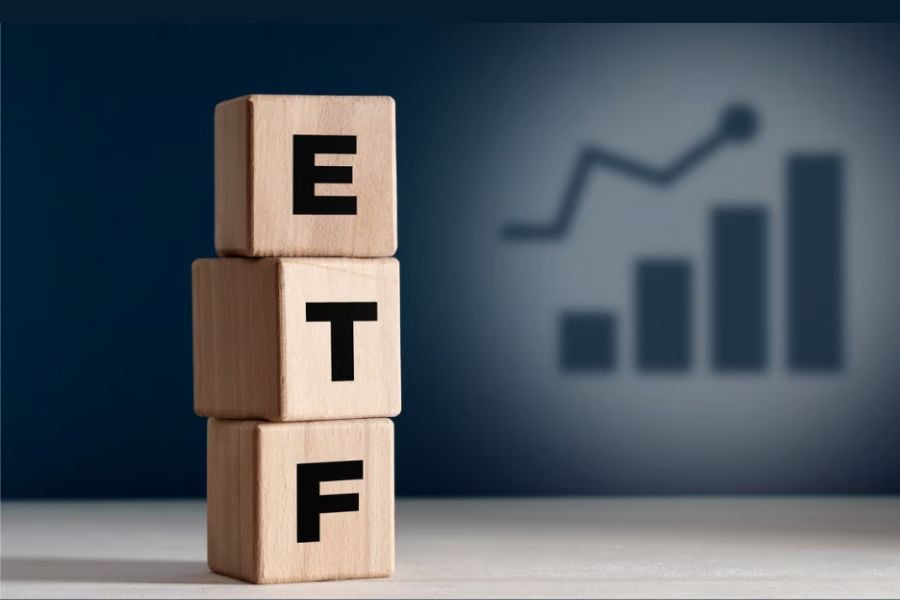

The US exchange-traded fund market reached new heights in 2024, with investors contributing $1.15 trillion in record inflows amid strong market performance across asset classes.
That's according to the latest US ETF Flash Flows report from State Street Global Advisors, which analyzed data for the year ended on December 31.
The surge came as US equities climbed 23 percent, marking their best two-year stretch since 1998, while bonds, commodities, and the dollar also gained.
Matthew Bartolini, head of Americas ETF research, said the numbers show a historically remarkable alignment in asset class returns. “Only twice in the past 50 years have stocks, bonds, commodities, and the dollar all delivered gains for two consecutive years,” Bartolini wrote in his analysis.
Equity ETFs notched an all-time high of $782 billion in inflows, with US equity-focused funds accounting for 86 percent of that total. In what could be a display of strong domestic bias, the $672 billion inflow into US equities – also a record – exceeded cumulative inflows for non-US equity ETFs going back October 2017.
Sector-wise, technology sector ETFs asserted their dominance by attracting $33 billion, while cyclicals outpaced defensive sectors by $23 billion, reflecting a risk-on sentiment among investors.
Fixed-income ETFs also reached a new high in inflows, pulling in $303 billion. Active bond strategies gained significant traction, particularly in credit sectors, with $87 billion in inflows. Senior loan and CLO ETFs also saw revived demand, raking in $26 billion.
Investors appear to be gearing up for a repeat of 2024 this year, Bartolini said, going full tilt into US stocks as the country enjoys strong economic and fundamental tailwinds relative to other countries. But that positioning, he argued, could leave them with overly concentrated portfolios.
"[N]umerous macro risks and an uncertain path for US fiscal policy could present challenges. And investors’ full tilt extrapolation of past return trends into the future, as opposed to being appropriately diversified, will be nothing more than tilting at windmills," he said.

The new regional leader brings nearly 25 years of experience as the firm seeks to tap a complex and evolving market.

The latest updates to its recordkeeping platform, including a solution originally developed for one large 20,000-advisor client, take aim at the small to medium-sized business space.

David Lau, founder and CEO of DPL Financial Partners, explains how the RIA boom and product innovation has fueled a slow-burn growth story in annuities.

Crypto investor argues the federal agency's probe, upheld by a federal appeals court, would "strip millions of Americans of meaningful privacy protections."

Meanwhile in Chicago, the wirehouse also lost another $454 million team as a group of defectors moved to Wells Fargo.
Orion's Tom Wilson on delivering coordinated, high-touch service in a world where returns alone no longer set you apart.
Barely a decade old, registered index-linked annuities have quickly surged in popularity, thanks to their unique blend of protection and growth potential—an appealing option for investors looking to chart a steadier course through today's choppy market waters, says Myles Lambert, Brighthouse Financial.
